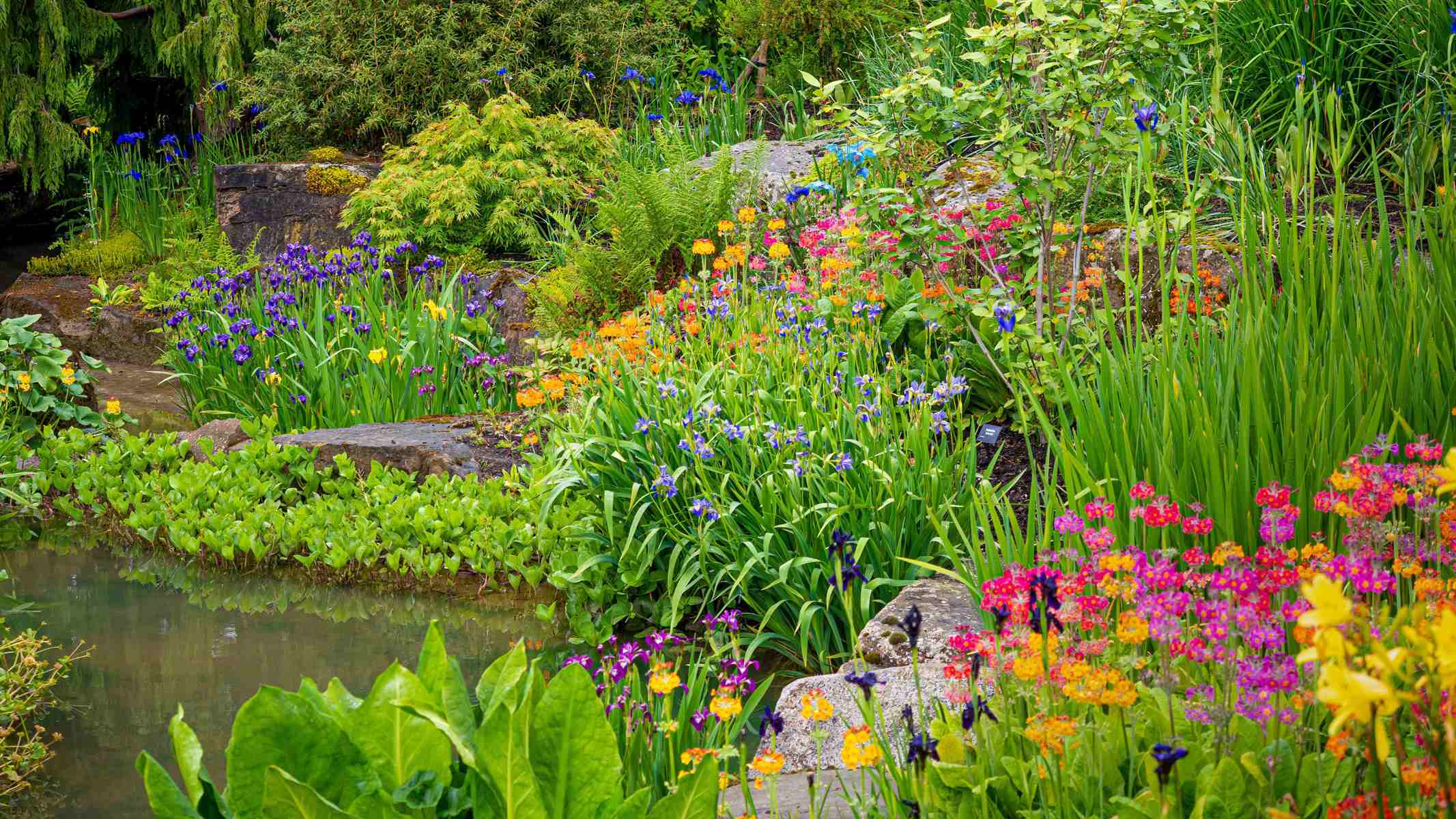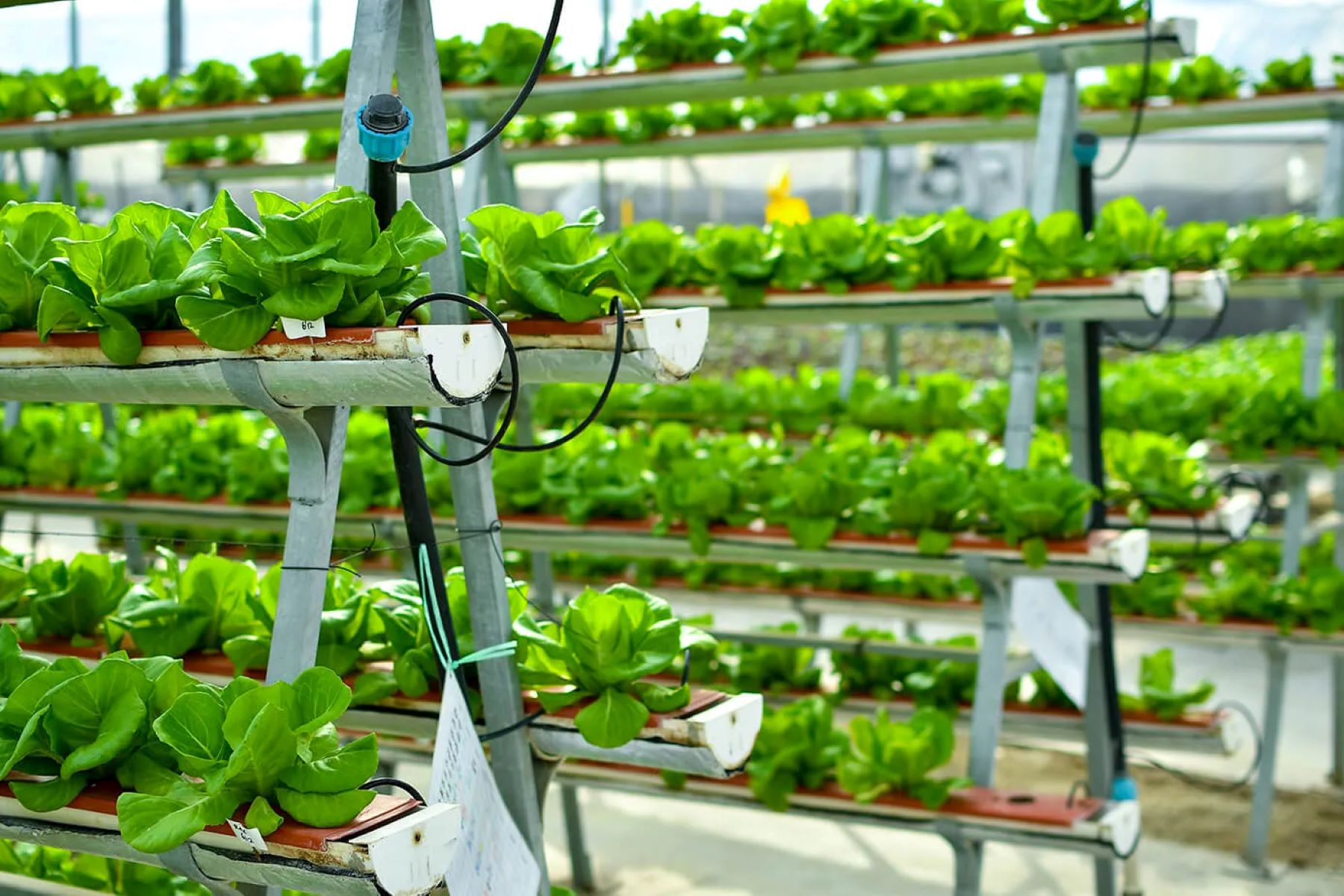Home>Ideas and Tips>How To Design A Meditation Garden With A Water Feature


Ideas and Tips
How To Design A Meditation Garden With A Water Feature
Published: September 4, 2024
Create a serene oasis with our guide on designing a meditation garden with a water feature. Discover tips for tranquility and mindfulness.
(Many of the links in this article redirect to a specific reviewed product. Your purchase of these products through affiliate links helps to generate commission for Storables.com, at no extra cost. Learn more)
Creating a meditation garden with a water feature is a thoughtful and intentional process that aims to foster relaxation, mindfulness, and self-reflection. Incorporating a water feature into your meditation garden can elevate the tranquility and peace of the space, making it an ideal sanctuary for mental and emotional healing. In this article, we will guide you through the steps to design a meditation garden with a water feature, exploring various elements and tips to ensure your garden becomes a serene haven.
Understanding Meditation Gardens
A meditation garden is a carefully designed space that encourages contemplation and inner peace. These gardens often incorporate natural elements such as plants, rocks, and water features to create a harmonious and balanced environment. The goal is to provide a quiet space where individuals can reflect, meditate, and rejuvenate.
Choosing the Right Location
Before you begin designing your meditation garden, it is crucial to choose the right location. Look for a quiet, secluded spot shielded from noise, traffic, and prying eyes. The ideal space should be easily accessible yet feel like a private oasis. Consider the sunlight and shade patterns in your yard to ensure that your meditation area receives the right amount of light for your comfort.
Embracing Simplicity
When designing a meditation garden, simplicity is vital. Avoid overcrowding your space with too many elements or decorations. Instead, create a serene, uncluttered environment that fosters mindfulness and introspection. This simplicity allows the mind to focus on the present moment without distractions.
Incorporating Natural Elements
Nature plays a significant role in meditation gardens. Incorporating natural elements such as water, rocks, and plants can create a harmonious and balanced environment. These elements can also serve as focal points for meditation and reflection.
Water Features
Water features are an essential component of meditation gardens. They create a sense of tranquility and calmness, which is essential for meditation. The sound of flowing water can drown out outside noise, helping to reinforce the illusion of a separated or removed “sanctuary” space.
Types of Water Features
A water feature can be anything from a small fountain to a large pond. Here are some popular types of water features you can consider:
- Fountains: These are small, self-contained units that produce a continuous flow of water. They can be placed in various locations within your garden and are relatively easy to maintain.
- Ponds: Larger than fountains, ponds offer a more immersive experience with the sound and sight of water. They can be designed with different depths and shapes to create a variety of visual effects.
- Waterfalls: A waterfall is a more dramatic water feature that can create a soothing background noise. It can be integrated into your garden design by using natural stone or artificial materials.
- Dry Stream Beds: For those who prefer a more minimalist approach, a dry stream bed can mimic the look of a real stream without the maintenance of running water. This can be achieved by using stones and gravel to create a natural-looking landscape.
Placement of Water Features
The placement of your water feature is crucial to maximize its effect. It should be visible from multiple areas of the garden to fully appreciate its tranquility. Consider placing it near seating areas or along pathways to create a sense of continuity and flow.
Incorporating Japanese Garden Elements
Japanese gardens are renowned for their peaceful and harmonious designs. To create a sense of tranquility, incorporate traditional elements such as stone lanterns, water basins, and stepping stones. These elements not only add visual interest but also contribute to the overall ambiance of your meditation garden.
Using Plants and Greenery
Plants and greenery are essential components of any meditation garden. They serve multiple purposes:
- Visual Interest: Plants add color and texture to your garden, creating a visually appealing space.
- Sound Barrier: Dense foliage can act as a sound barrier, reducing external noise.
- Aromatic Plants: Certain plants like lavender, rosemary, and jasmine release soothing aromas that can enhance your meditation experience.
Secluded Seating Areas
Designate a specific area for meditation with comfortable seating such as a cushion or bench. Create a sense of seclusion by surrounding this area with plants, screens, or walls. This will help establish a boundary between your meditation space and the outside world.
Additional Elements to Enhance Your Meditation Garden
In addition to water features and plants, there are several other elements you can incorporate to enhance your meditation garden:
Stones, Pebbles, and Sand
Stones, pebbles, and sand can provide a sense of strength and calmness to your meditation garden. Japanese Zen gardens often use raked sand to create patterns that evoke water flow. This simple yet effective technique can be calming because it resembles water ripples or waves.
Pavers
Pavers are versatile elements that can be used to create patterns or spiral paths. Labyrinths made from bricks or stones are popular since walking a labyrinth traditionally represents taking a journey to the inner self.
Statues and Sculptures
Incorporating statues or sculptures that have meaning to you can add depth and personality to your meditation garden. Options include animals, Buddha images, or small pagodas. These elements can serve as focal points for contemplation and reflection during meditation.
Fragrant Plants
Aromatic plants like lavender, rosemary, and jasmine can enhance your meditation experience by engaging your sense of smell. Plant these fragrances near your meditation area to create a soothing atmosphere.
Read more: How To Design A Water-Wise Succulent Garden
Creating a Sense of Enclosure
To create privacy and seclusion, use hedges, fences, or walls to enclose your meditation garden. These boundaries will help create a defined space that is separate from the rest of your yard or property.
Planting a Tree for Reflection
Planting a tree in your meditation garden can create a strong connection with nature and symbolize growth and change. Choose a species with a calming presence, like a Japanese maple or a weeping willow. As the tree matures, it provides shade, visual interest, and a natural focal point for reflection.
Designing Your Meditation Garden
When designing your meditation garden, consider the following steps:
-
Gather Inspiration: Explore different styles of gardens from around the world, such as Japanese Zen, Chinese, Southwestern United States, Traditional English, and Middle Eastern. Look online for pictures, visit gardens at museums and hotels, notice your neighbors’ gardens more closely, and check out Botanical Gardens in your area.
-
Choose Low-Maintenance Plants: Select plants that are easy to grow and require minimal maintenance. This will ensure that your meditation garden doesn’t become a new source of stress.
-
Use Eco-Friendly Products: Try to use eco-friendly garden products to help protect the environment and your family’s health. Avoid using pesticides that could ruin your special place.
-
Incorporate Meaningful Elements: Incorporate meaningful art or sculptures into your meditation garden. These elements can serve as focal points for contemplation and reflection during meditation.
Conclusion
Creating a meditation garden with a water feature is a thoughtful and intentional process that requires careful planning and attention to detail. By incorporating natural elements like water features, plants, stones, and sculptures, you can create a serene haven that fosters relaxation, mindfulness, and self-reflection. Remember to choose the right location, embrace simplicity, and use eco-friendly products to ensure your meditation garden remains peaceful and beneficial for your mental and physical health.
Whether you have a small balcony or a spacious backyard, designing a meditation garden with a water feature can be an incredibly rewarding experience. It offers not only a beautiful outdoor space but also a personal sanctuary where you can unwind and rejuvenate. So take your time, gather inspiration, and start designing your own peaceful oasis today
Was this page helpful?
At Storables.com, we guarantee accurate and reliable information. Our content, validated by Expert Board Contributors, is crafted following stringent Editorial Policies. We're committed to providing you with well-researched, expert-backed insights for all your informational needs.













0 thoughts on “How To Design A Meditation Garden With A Water Feature”